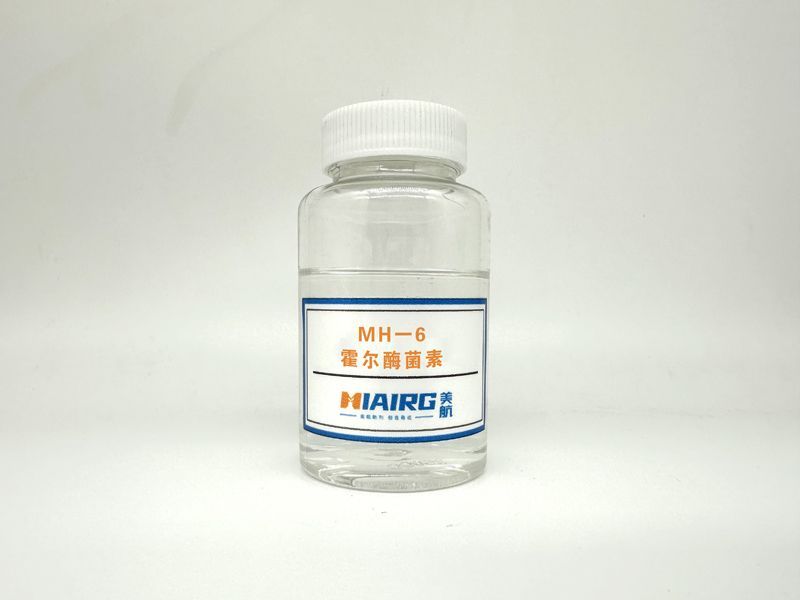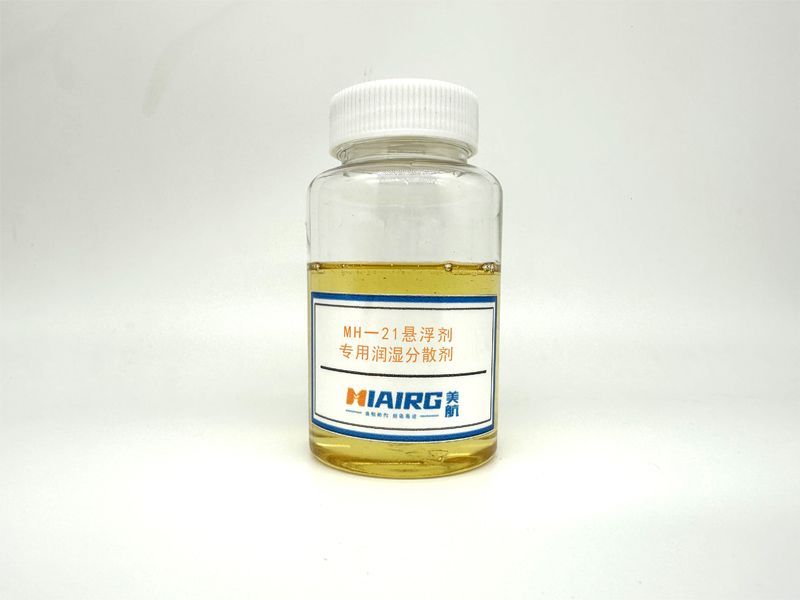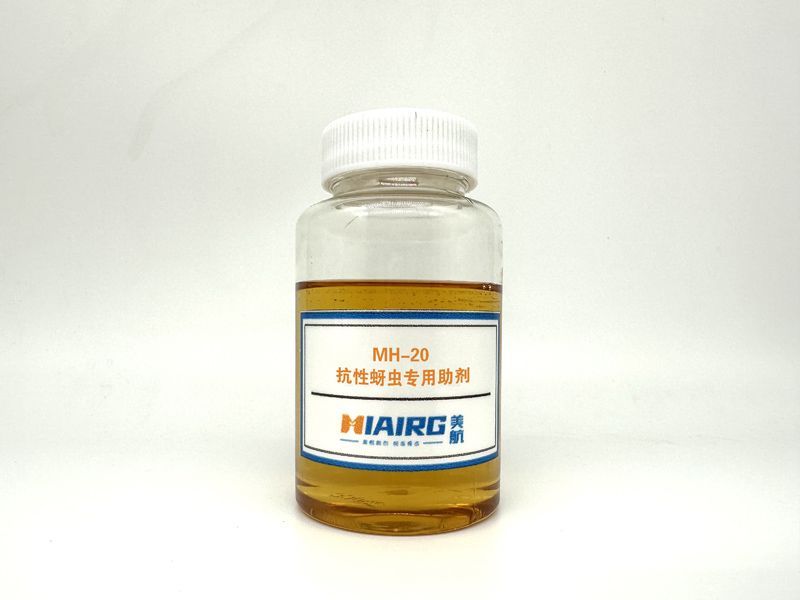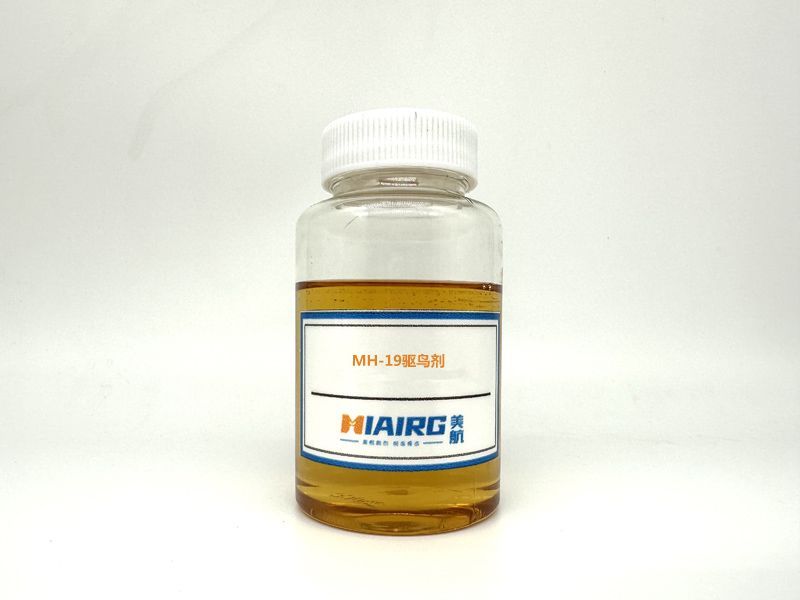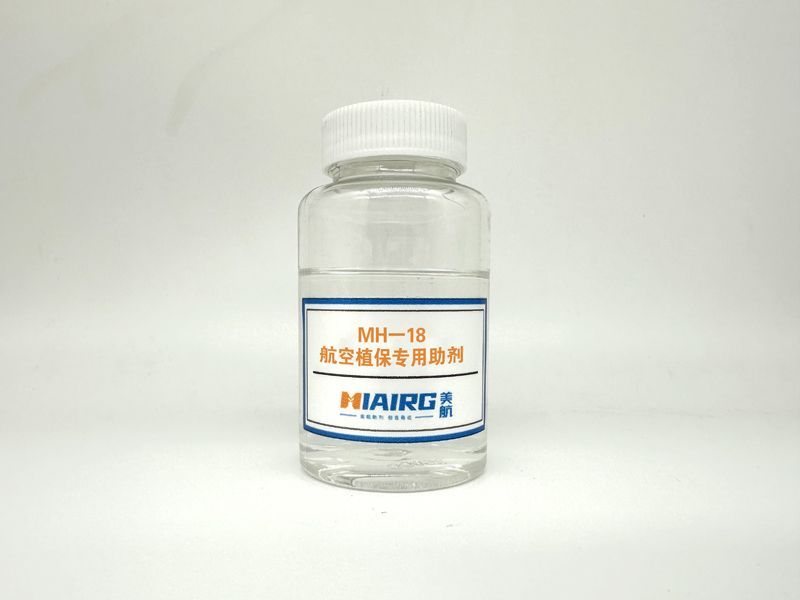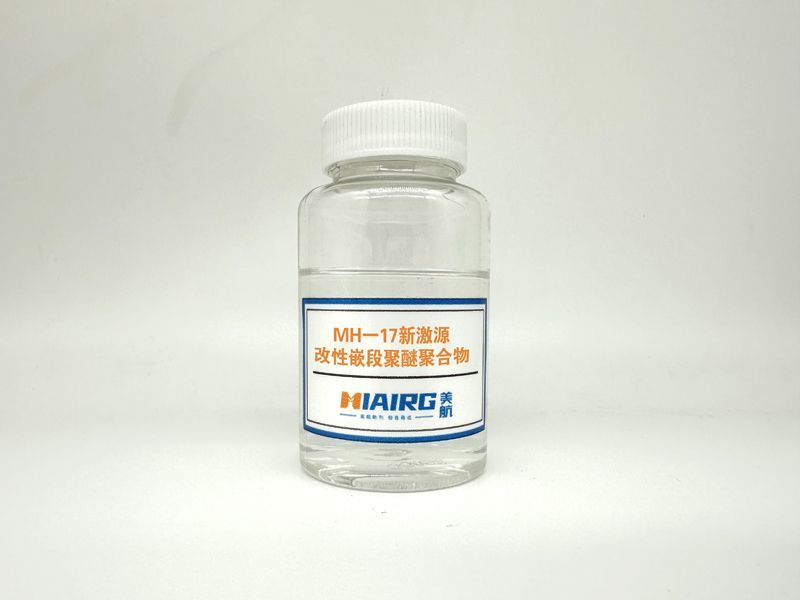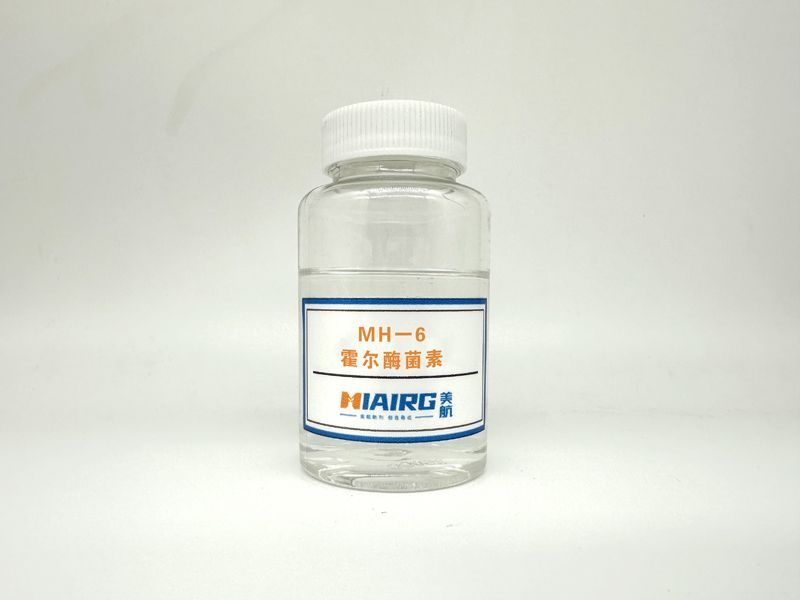
MH-6 Hall enzyme bacteriocins
Holosporin is a Gram negative bacterium widely present in water, soil, plants, and humans. In 1949, Japanese plant pathologist Burkholder first discovered that it can cause plant stem rot, known as Pseudomonas aeruginosa. Due to the application of rDNA typing method to bacterial typing, Yabuuchi et al. officially classified this bacterium and six other Pseudomonas aeruginosa belonging to the rRNA group into a new genus, namely the Hallactin genus, in 1992. There are 25 confirmed species in this genus, and other bacteria are not commonly found in clinical specimens, except for Hall enzyme bacteria.
Gram negative rod-shaped cells with multiple extreme flagella, bright pale yellow colonies on TSA, raised, and neat to irregular edges; The colonies on KMB are light yellow green, non fluorescent, and produce light yellow green non fluorescent diffusion pigments on the culture medium.
Multiple carbon sources can be utilized, such as sucrose, D-mannose, sodium gluconate malic acid, D-glucuronate, L-glutamic acid, D-galactose, D-fructose, sodium pyruvate, galacturonate, N-ethylglucosamine, mannitol, sorbitol, sorbitol, hexahexanol, inositol, aconitic acid, proline, aspartic acid, Tween 40, sodium hippurate, sodium lactate, L-glutamine, L-light proline, D-glucose, glycerol, galactose, D-alanine, L-alanine, sodium citrate, Tween 80.
Hall enzyme bacteriocins contain various protease activities. Beneficial bacteria and active bacterial processing residues are degraded into peptides with varying numbers of amino acids under the action of various endonucleases. At the same time, under the action of exonucleases, peptides are further degraded into various free amino acids.
Product specifications: 25 kg/barrel
| 上一条:MH-5 Phenolphthalamine Ester | 下一条:MH-21 suspension agent specific wetting and dispersing agent |



